China accounts for about 11% of Vietnam's total rice exports.
According to the announcement of China Customs, in 2023, China imported 2.63 million tons of rice, down 57.5% compared to 2022. In December alone, China imported 230,000 tons, up 100,000 tons compared to the same period last year. Thailand remained China's largest rice supplier in December 2023.
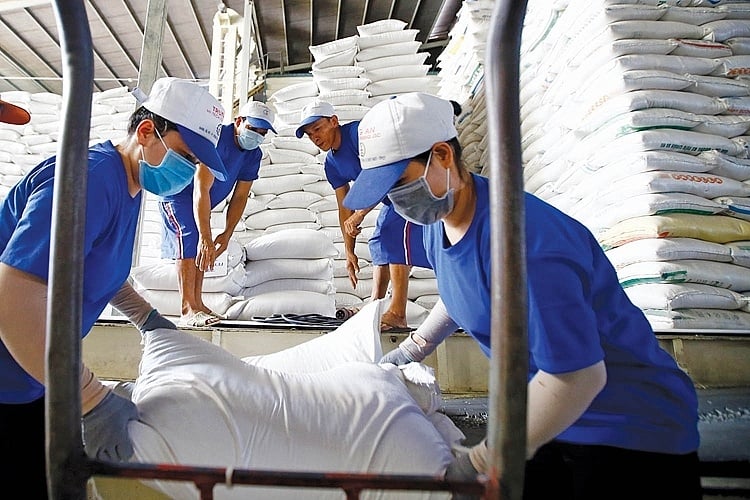 |
| China is Vietnam's third largest rice importer. |
For many years, China's rice imports have accounted for less than 4% of its total domestic rice production. Some high-quality rice is added to the premium rice segment, while some popular rice is mixed with local rice or processed and packaged under the brand name of Chinese enterprises. In addition, low-quality rice and broken rice are used in the processing industry (starch production, alcohol production) and animal feed production.
According to statistics from the General Department of Vietnam Customs, in 2023, China will be Vietnam's third largest rice importer (down 1 place compared to 2022 and behind the Philippines and Indonesia), accounting for about 11% of the country's total rice export volume and turnover.
Accordingly, Vietnam exported 917,255 tons with a turnover of about 530.6 million USD (average price 578 USD/ton; slightly higher than the two partners above with 559 USD and 549 USD/ton).
Update market information, seize export opportunities
During the period 2017 - 2022, China's rice imports from Vietnam recorded relatively large fluctuations. If in 2017, China imported up to 1 billion USD of rice products from Vietnam, by 2019, the import turnover only reached more than 240 million USD and recovered in the period 2020 and 2021 and tended to decrease in the past two years.
According to the Commercial Counselor in China, China issues import quotas for rice every year. In 2023, the country's rice import quota is set at 5.32 million tons, of which the quota is for long-grain rice at 2.66 million tons and short-grain rice at 2.66 million tons. This figure has not changed in recent years.
Currently, China only allows 21 Vietnamese enterprises to export rice to this market (out of a total of about 200 licensed enterprises).
Currently, rice products available on the Chinese market are of relatively high quality, and exporting countries pay great attention to packaging.
Through the work of grasping the situation, the Vietnam Trade Office in Beijing found that the packaging of Thai and Lao rice available in the supermarket system of China (even the supermarket system in the Northern region of China - an area that is relatively strict in terms of product quality and packaging requirements) is packaged very firmly, eye-catching and suitable for the tastes of Chinese consumers. This means that Vietnamese rice is facing fierce competition in the Chinese market.
Notably, since the outbreak of the Russia-Ukraine war, there have been many fluctuations in global food supply, thus affecting China's food import structure.
In 2024, China is likely to continue to increase rice imports to harmonize imports and production to ensure food security. Import capacity is forecast to increase due to high domestic demand for animal feed production.
With India's recent ban on rice exports, although the Chinese central government has not yet made any specific policy response, the business community operating in the Chinese food sector has begun to take steps to find alternative sources of supply.
With China imposing import quotas and supply being limited, prices are expected to increase in the coming time, and it is possible that there will be a massive purchase from some local importers. In recent days, some Chinese importers have contacted and sought partners who are allowed to export Vietnamese rice.
Regarding imported broken rice (one of the main substitutes for corn and wheat used in the animal feed industry), according to experts in this country, with India having issued a ban on rice exports, the import volume of broken rice from these partners is forecast to decrease compared to the previous two years (2022 and 2023) and China will increase imports from other partners, including Vietnam.
Vietnam is capable of supplying well the rice varieties that are popular in China (such as high-quality fragrant rice, ST rice, glutinous rice, etc.) and has established long-standing traditional trading relationships.
Vietnamese rice exporting enterprises always perceive China as an important market, ranking third among Vietnam's rice import markets, thereby constantly striving to improve product quality and specifications, meeting regulations and serving the needs and tastes of Chinese consumers.
However, Mr. Nong Duc Lai - Commercial Counselor in China noted that Vietnamese rice exporting enterprises need to further strengthen market information updates, seize export opportunities. At the same time, it is necessary to diversify trade promotion activities, penetrate into potential areas of the neighboring country to expand exports as well as focus on building rice brands in this billion-people market.
Source







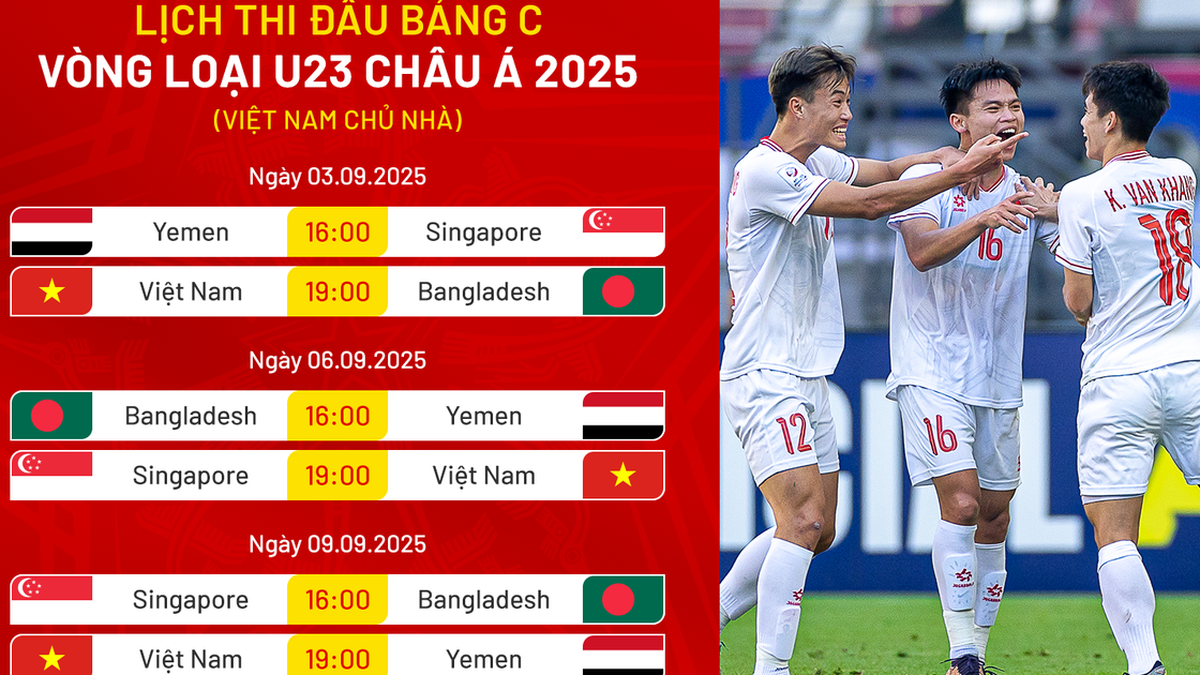
















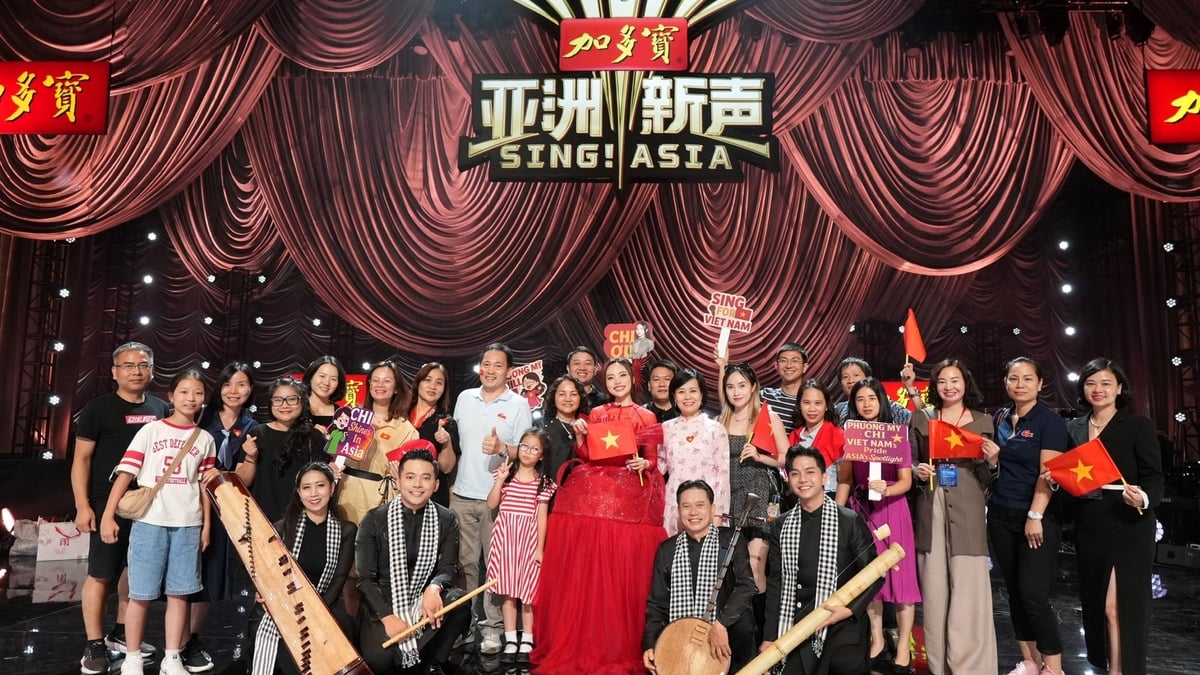



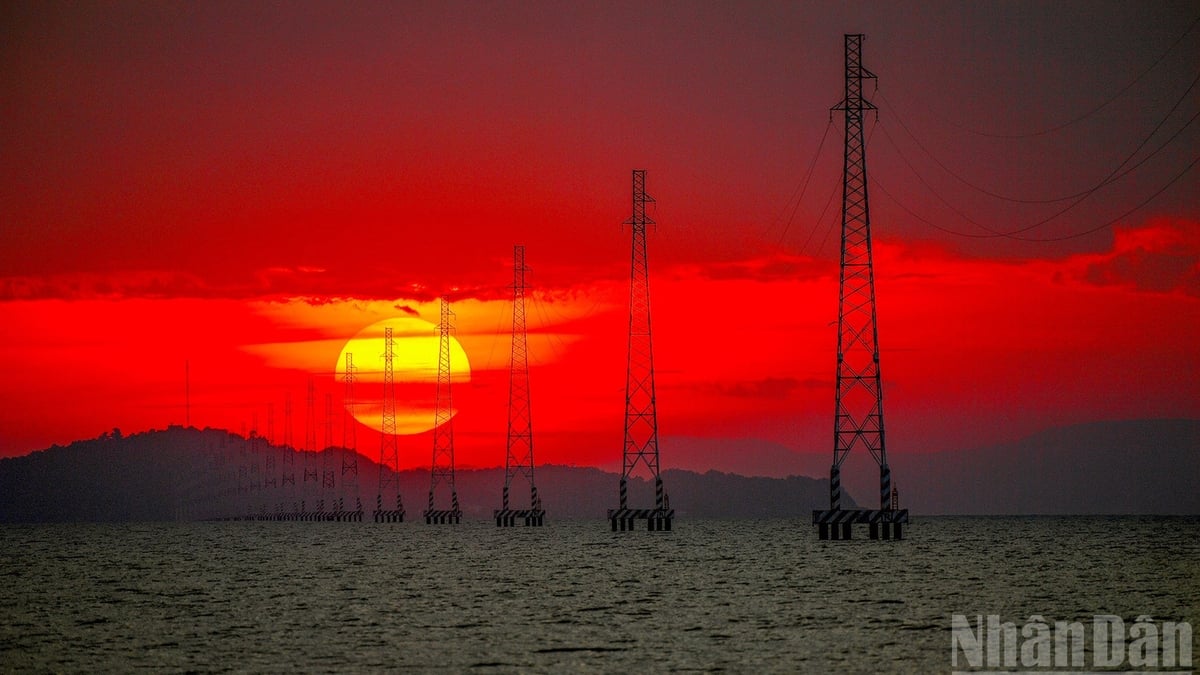

![[Photo] National Assembly Chairman attends the seminar "Building and operating an international financial center and recommendations for Vietnam"](https://vphoto.vietnam.vn/thumb/1200x675/vietnam/resource/IMAGE/2025/7/28/76393436936e457db31ec84433289f72)












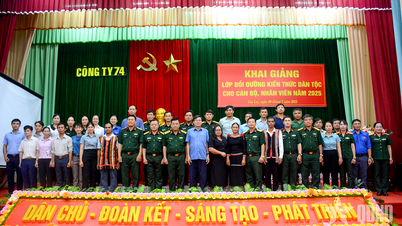








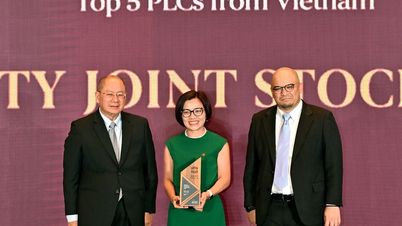









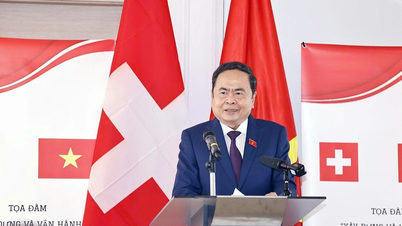





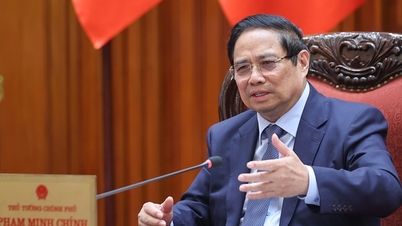


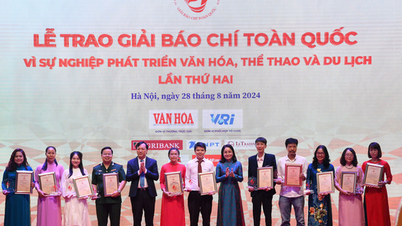



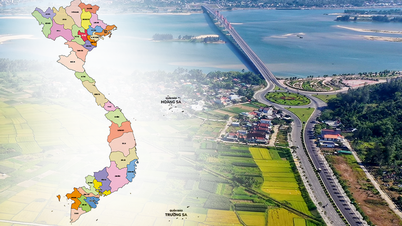







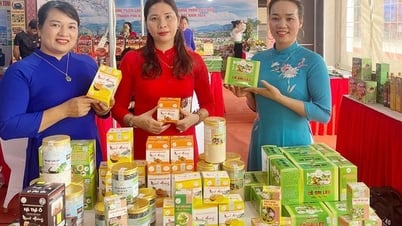





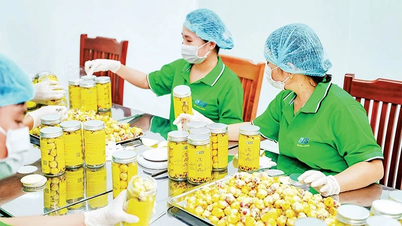
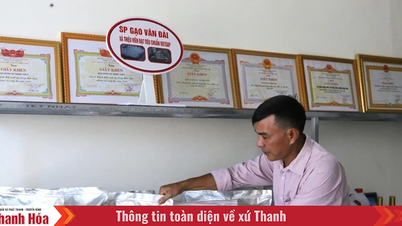





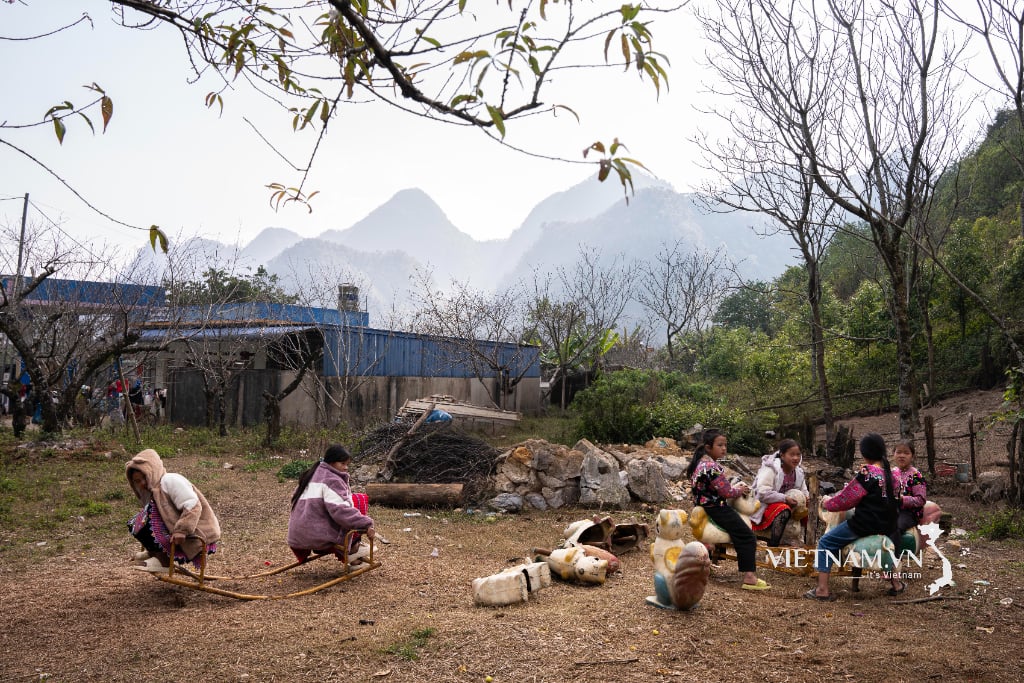


Comment (0)